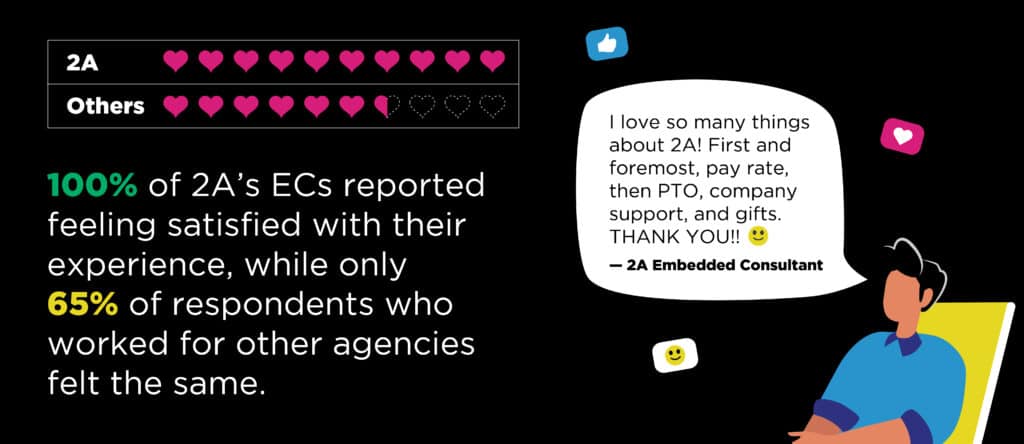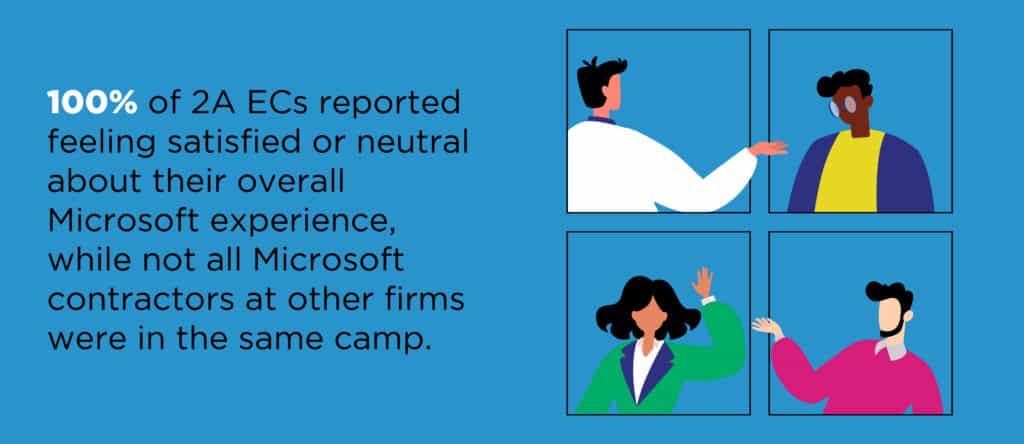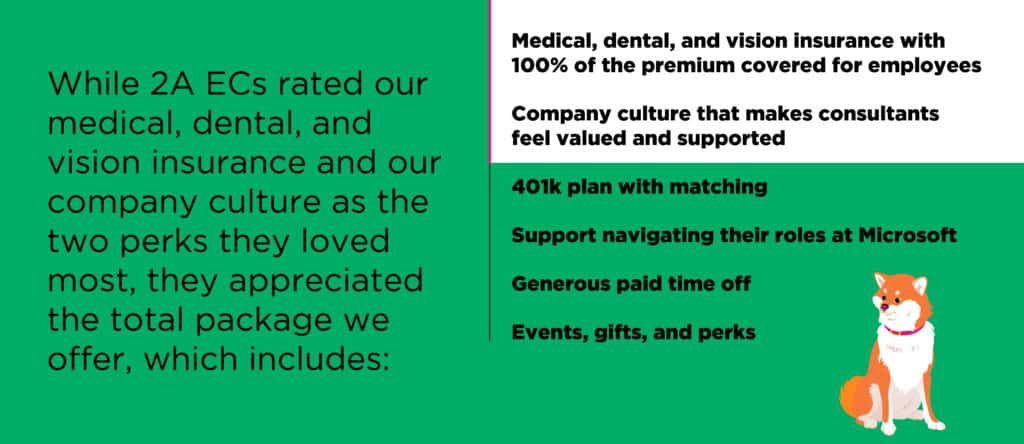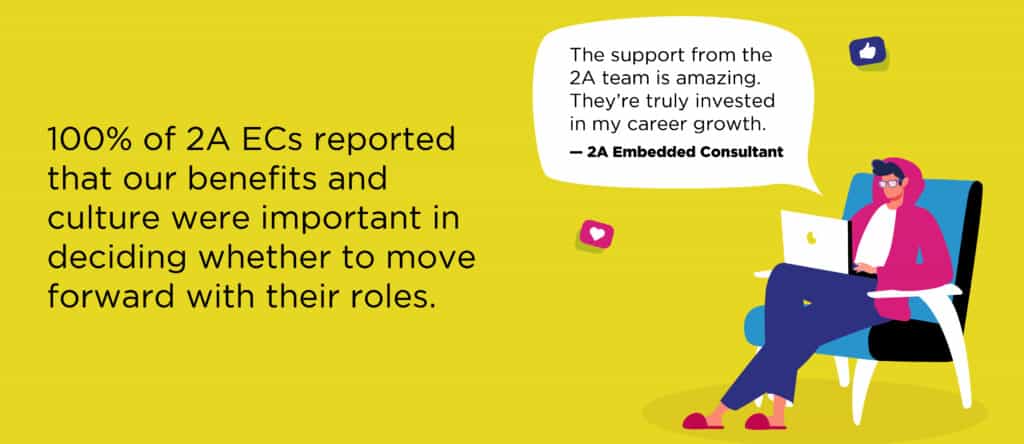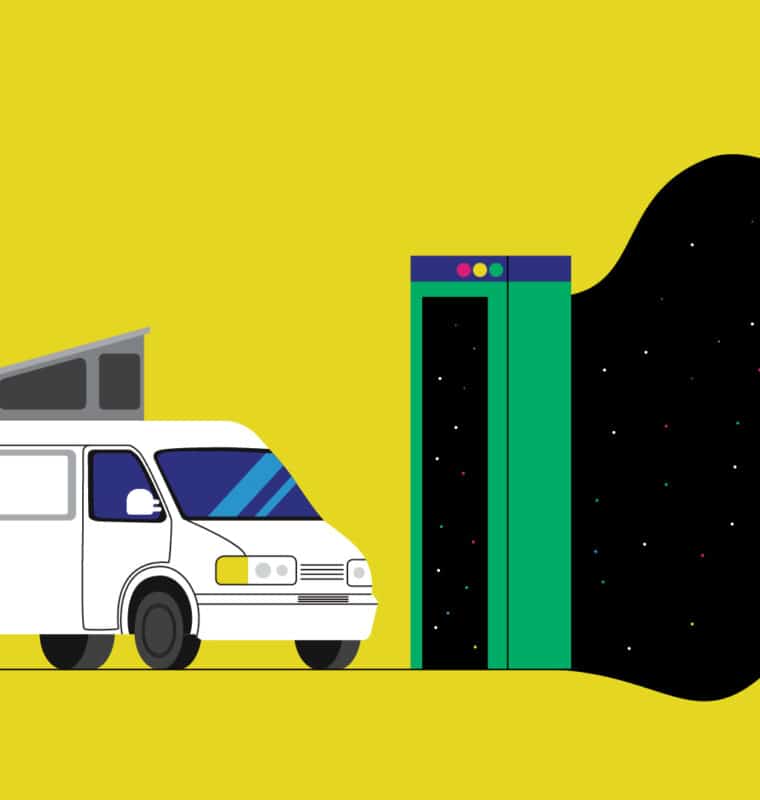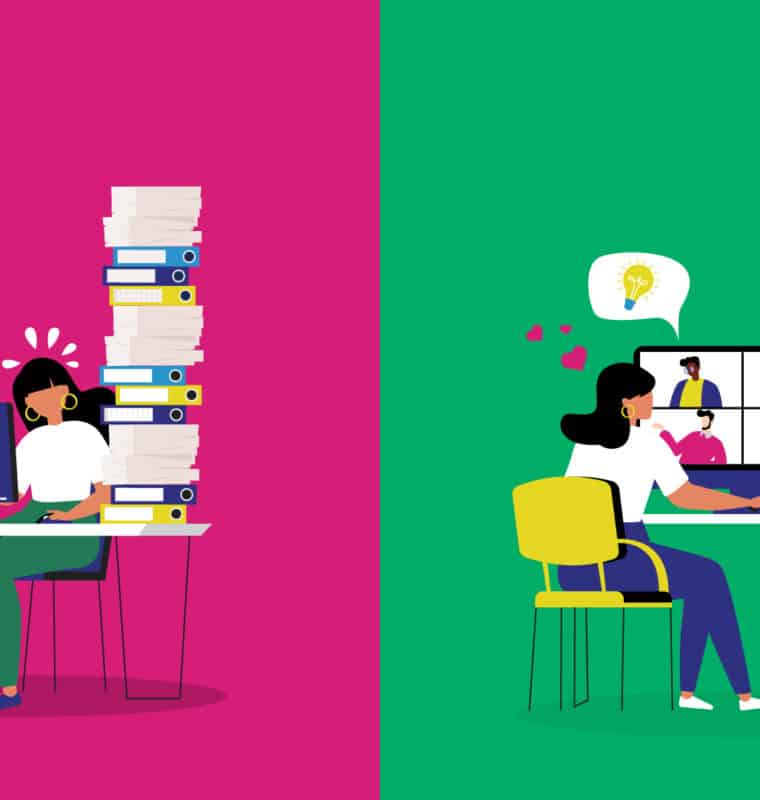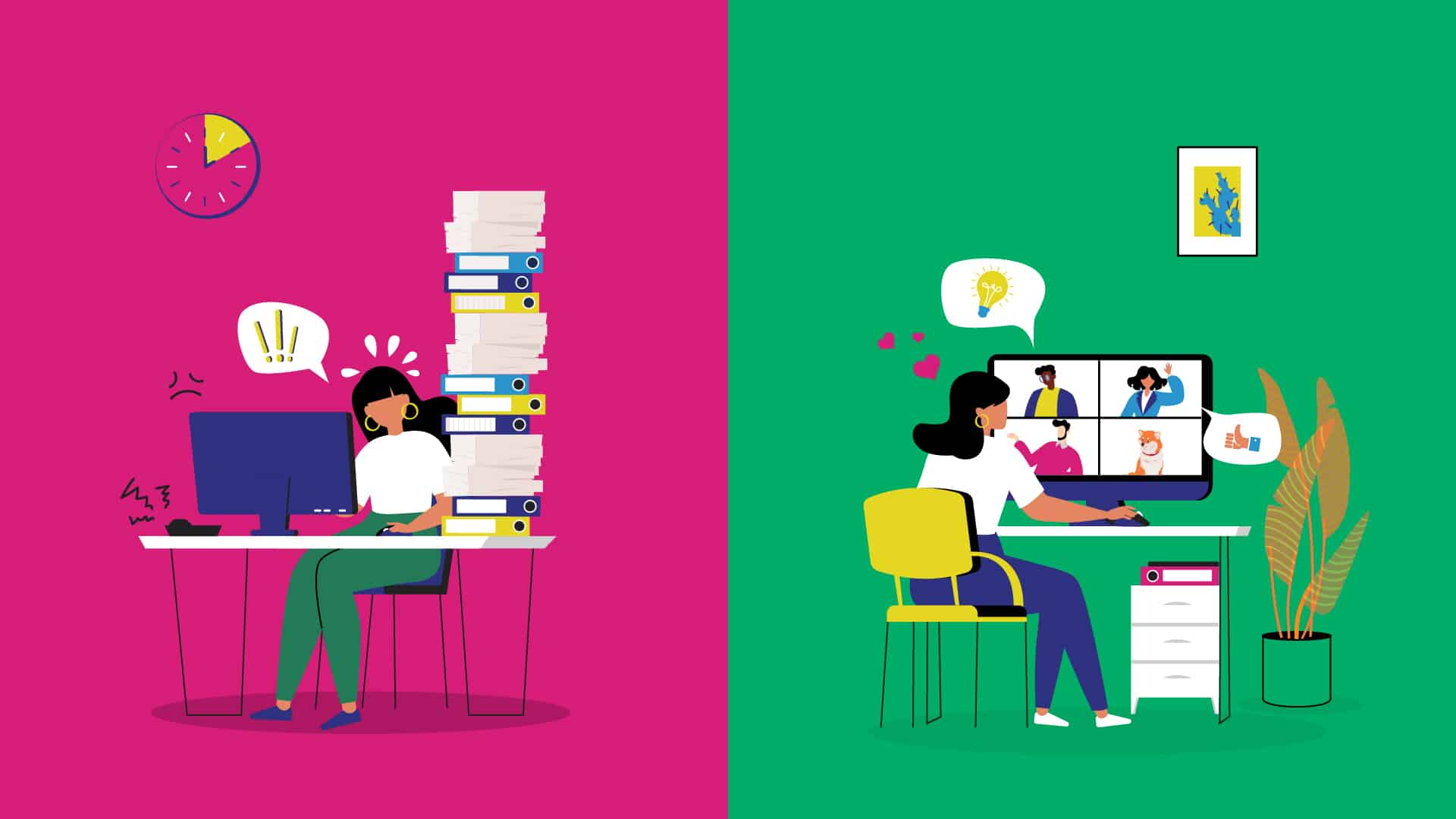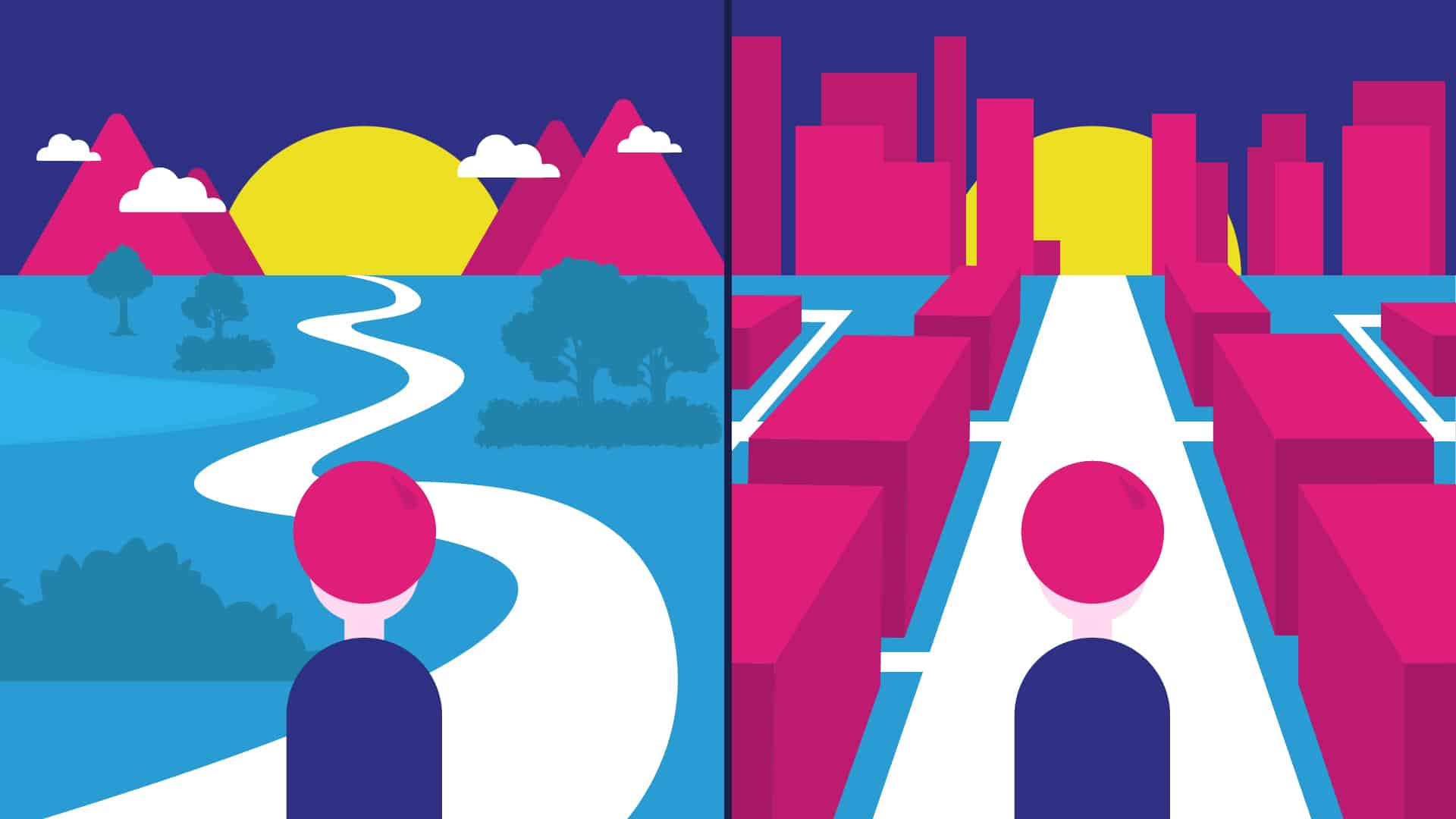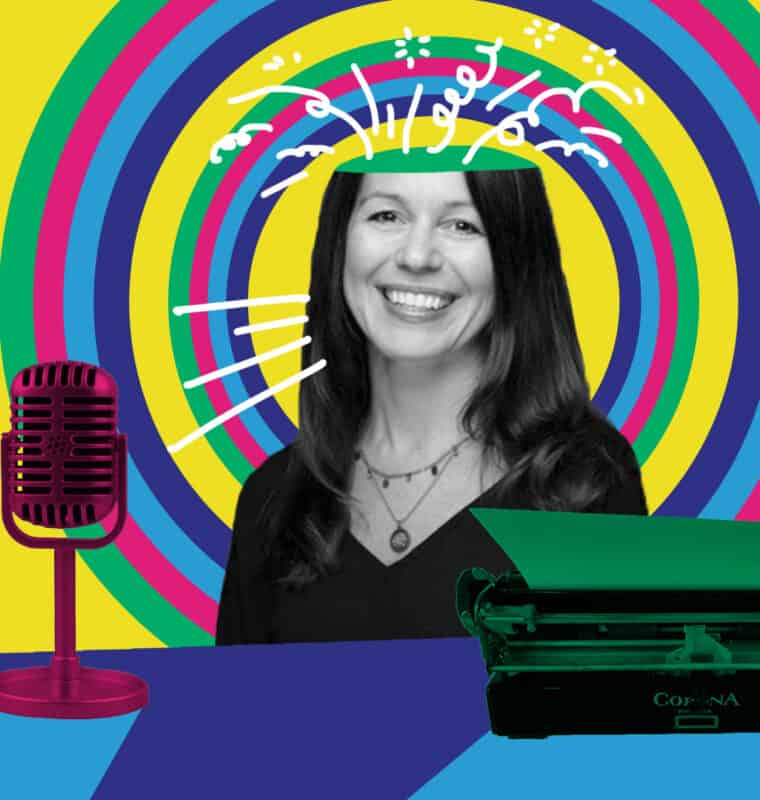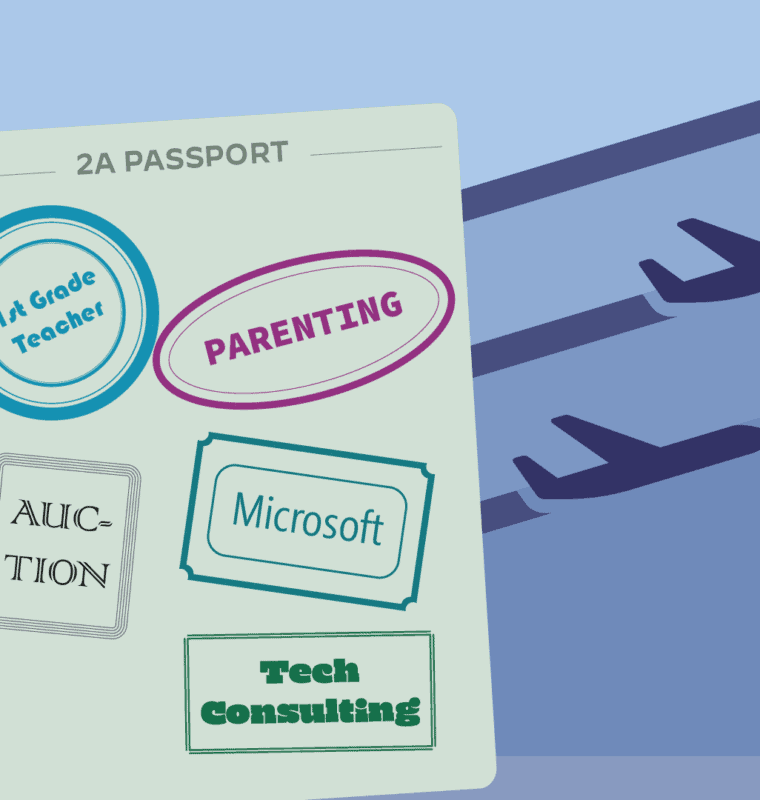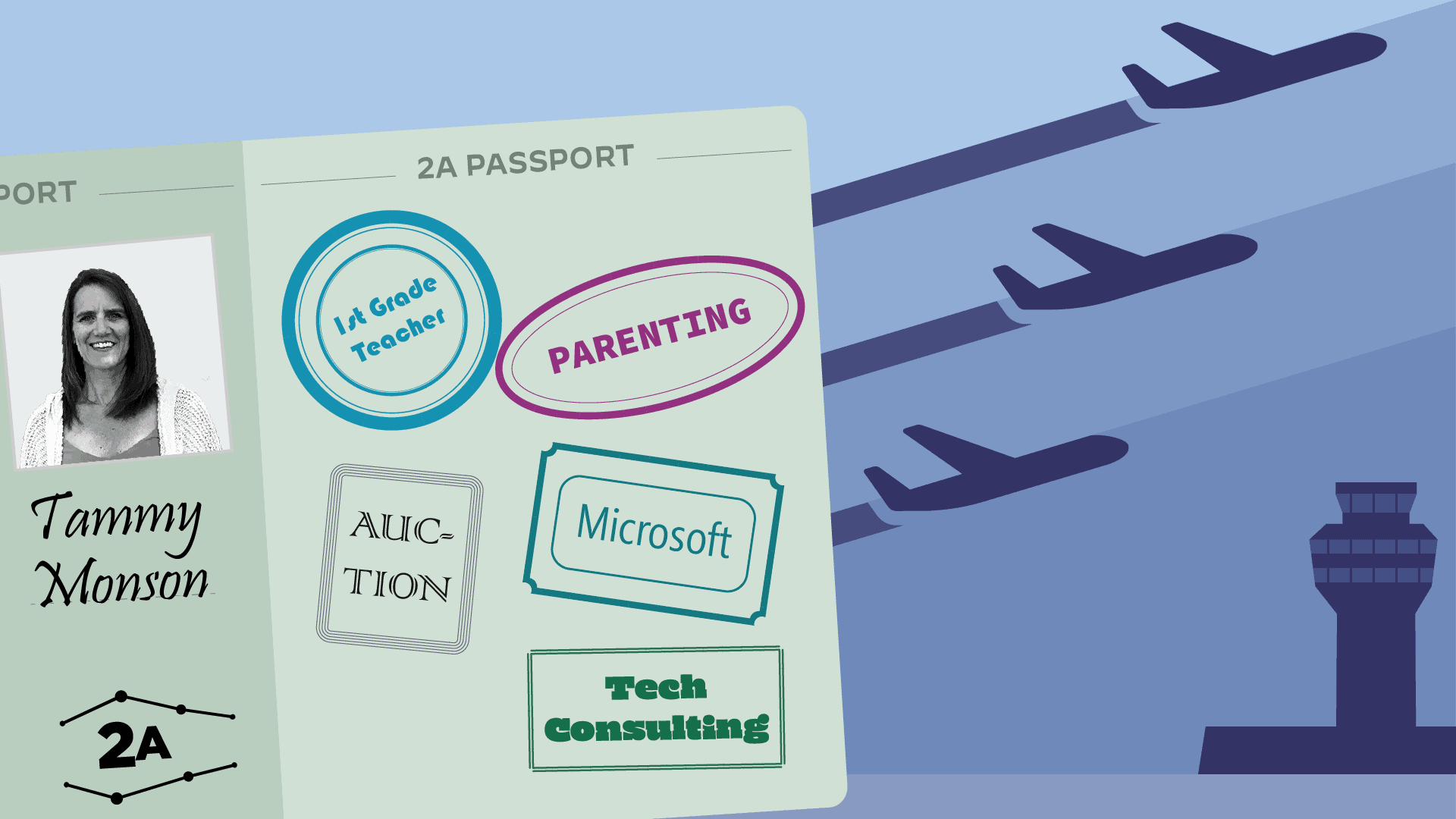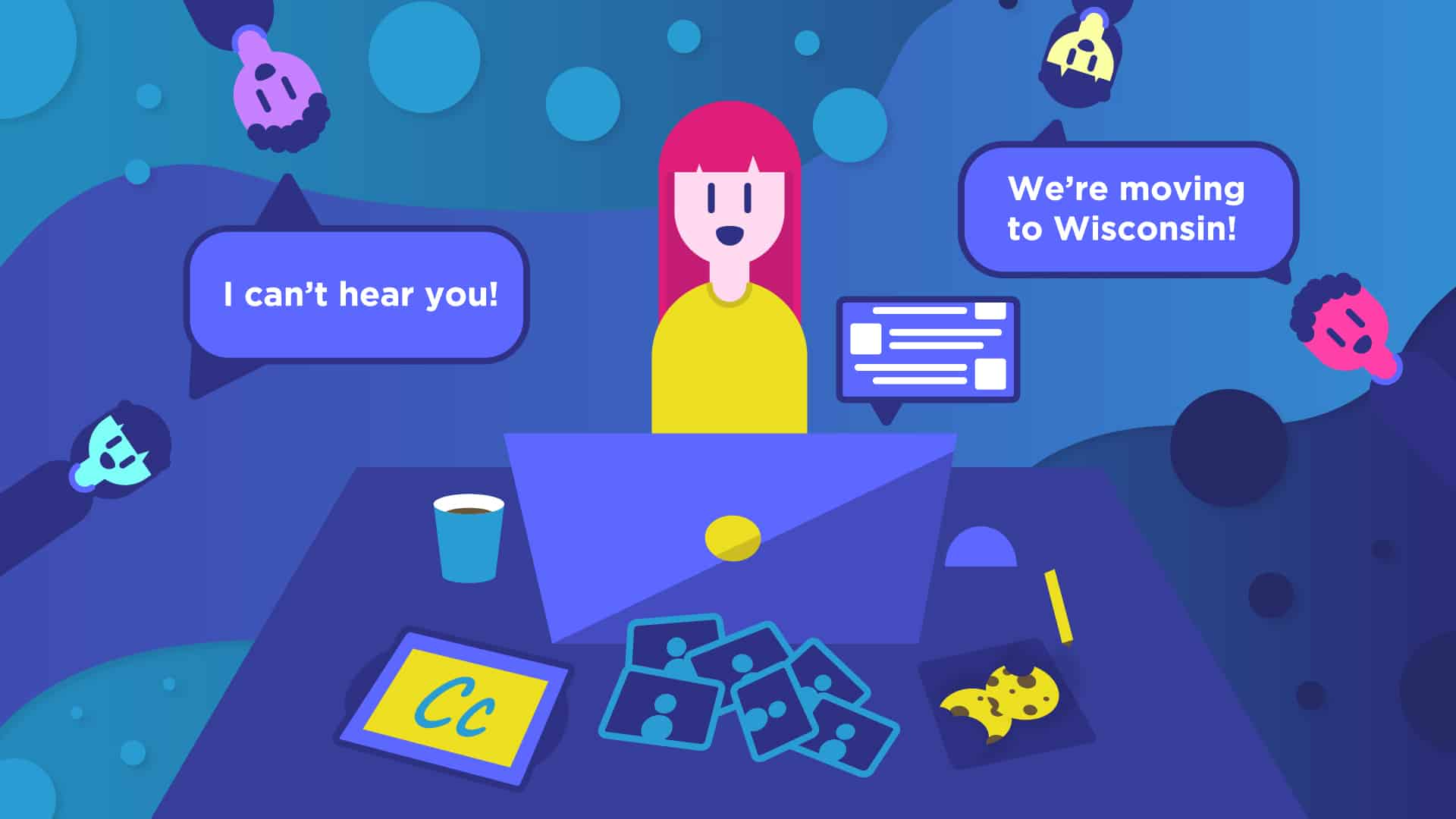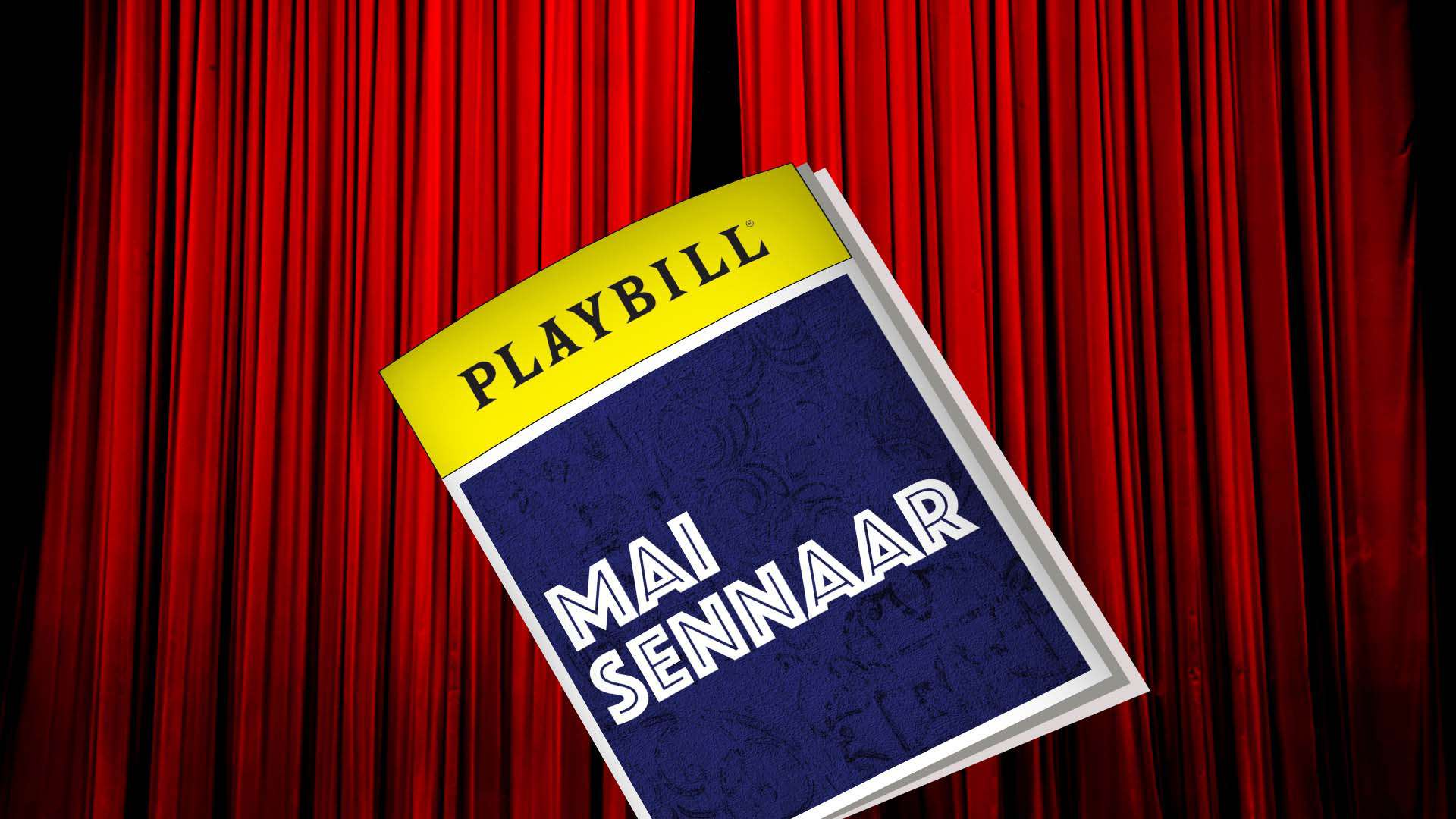By Annie Wegrich
An email comes in at 8:45 p.m. on a Sunday—close contact! No school tomorrow! A runny nose sets in—still no school tomorrow! Staff and educators are sick—and again, no school tomorrow! It’s a really hard and demoralizing time to be a parent. We believe in community safety, and we trust our educators and daycare directors. We understand the impossible jobs they have right now and the impossible feats they’re going through to stay open. But schools close. Here we are.
As a working parent of a toddler and baby twins, my partner and I are exhausted. We’re working in the armpits of the day around their runny noses. We’re cutting blueberries in half while coloring, all before trading the kids for the meeting one of us has in three minutes. We’re thankful for our incredible, graceful coworkers. We love our jobs and take pride in our careers, and we love our kids more. We’re in this together.
But, since the one long, isolated, day that started two years ago, parents have had it. Which doesn’t matter one sneeze, because our situations are far from over. Therefore, we hope you enjoy a little laughter—may it keep us from crying.
2A gives you: Things our at-home-children have done to derail our workdays
Live interruptions during team calls:
“MAMA I HAVE TO POOP” (Sophia, 2.5)
“We’re moving to Wisconsin!” (Rowan, 2.5)
“Idon’twanttoidon’tneedto, Idon’twanttoidon’tneedto, Idon’twanttoidon’tneedto” (Oliver, 3.5)
“Hey Oliver mommy is going to be on a call now so I will need you to be very quiet for me.” “But I like people! I need to say hello to my people!” (Also Oliver, 3.5)
“Don’t worry, I can find something else to do” (Edie, 7)
“I can’t hear you; I can’t hear you; I CAN’T HEAR YOU” (Anonymous teen, 17)
“Can we pretend I’m a half snake man and we live in the calamity ages?” (August, 8)
Live, unfortunate actions during video calls:
Repeatedly ripping a headset out of my ears (Maren, 1)
Throwing up all over, and inside, my shirt (Maren, 1)
Slot machining* peas onto my computer (Evelyn, 1)
*Slot machining: when Evelyn smiles while eating and shoots whatever unchewed food all over you like you won a prize.
Pulling my shirt ALL THE WAY down in a passionate ask to be picked up (Gil, 1.5)
Dropping an English muffin, jam-side-down, on the carpet (Sophia, 2.5)
Taking a child into a public bathroom before remembering to turn off video (Anonymous potty-training mom, child 2.5)
Silently watching hour 6 of anime (August, 8)
Text messages from children, received during working hours:
“DADYWANRUGONETOBEDAMWATH?” (Victor, 6) (Translation: Daddy when are you going to be done with work?)
“Idon’twanttoidon’tneedto, Idon’twanttoidon’tneedto, Idon’twanttoidon’tneedto. OMG MOM.” (Maya, 15)
“How do I know when I’m bleeding so much I have to go to the ER?” (Anonymous young adult, 23)
“Have you noticed that my lazy eye isn’t as open as my other eye before? Look at this picture.” (Anonymous teen, 17)
“The tabs on my car are going to expire.” (Abby, 20)
“I just lost my sense of taste and smell” (Anna, 31)
“Would you like to go with Anna and me to Vegas?” (Kat, 33)
Conclusion: There isn’t just one, because we’re still collecting more great, painful, and hilarious moments of humanity. Maybe there is a message here about being nice to people, not knowing what they’re going through. Maybe it’s that kids are awesome, and we should be really happy with the extra time we get with them. I hope it’s knowing that when your chaos feels isolated, you’re never alone. At least, I’m happy I invested in a mini carpet steamer because the jam-down English muffin, vomit-volcano, and slot-machine pea incidents, all mine.
Share the storyhttps://2a.consulting/blog/what-happens-on-conference-calls-lives-on-the-cloud-forever/
Collapse the story
